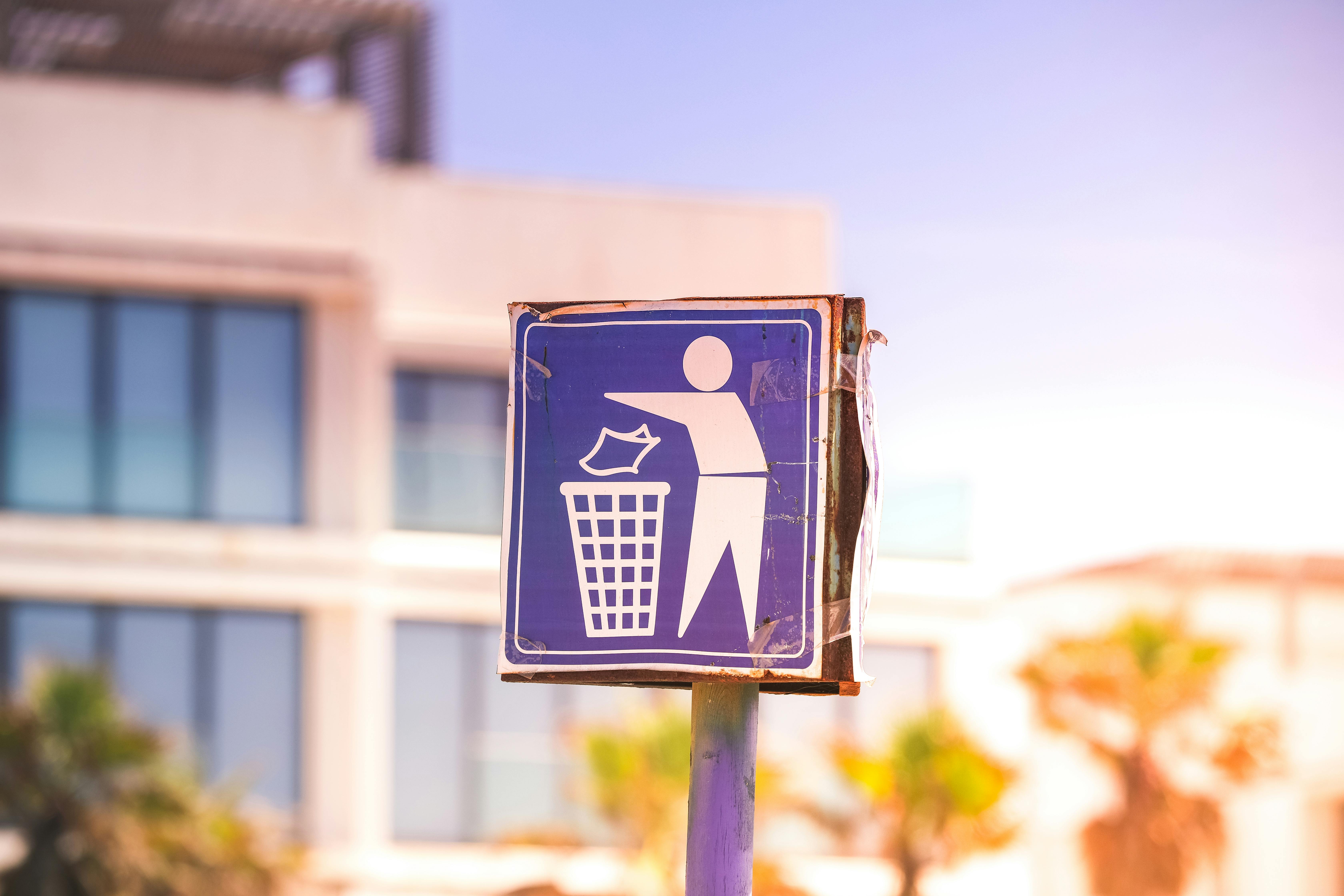Protecting Your Child – Choosing Appropriate Baby Furniture
The first thing to fit in a child’s room is a smoke alarm, for just a few pounds (or free from your community fire prevention officer) these essential alarms should be your main purchase. Plug covers to seal spare electrical outlets are also a great idea when your baby starts to explore and move. Whenever possible, try to hide electrical cords and plugs with nursery furniture that your baby doesn’t use, such as changing tables.
Your child’s crib is the children’s room furniture where they will spend the most time during their first months. Cribs are also a leading cause of infant injury and death, so making sure your crib meets proper safety standards is essential. Check that the crib is deep enough to prevent your baby from slipping out as she grows. Check that the distance between the rails is not capable of allowing the baby to trap his head. It is essential that second hand cribs are thoroughly inspected for wear on hardware and fasteners and that you purchase a new mattress for your baby. Your mattress should leave a gap of no more than 4 cm around the perimeter of the crib to prevent your baby from becoming trapped.
Remember the advice to ‘sleep on your back’ designed to reduce cot deaths (SIDS) and always put your baby to bed on their back. If you use a night light, make sure it is located away from the crib and any other soft furniture.
Try to arrange your nursery furniture in a way that avoids placing things in front of windows. Never put stubby nursery furniture that your child can climb on or things like cribs or changing tables under windows to prevent them from falling. Keep the windows of the nursery properly closed. If you have to open a window to create ventilation, make sure the window is secured and never open more than 5cm, there are products on the market that prevent windows from opening more than that.
Another item of baby furniture responsible for many infant injuries is the changing table. Always secure your baby securely with the changing mat’s safety straps and never leave your baby alone on the table. Diaper changing kit should be stored well out of reach in a drawer or on a shelf. Babies and young children are naturally curious, and diaper bags or rash creams can be potentially harmful.
Disturbingly enough, one of the most common reasons for injuries in a child’s room is from curtains and blinds. Avoid using long drapes or drapes that could entangle and suffocate a young child, and don’t hang blinds with long cords in your baby’s room. When installing blinds, make sure the cords are tied to keep them short and never out of reach of children.
Choose your toy storage carefully. Toy boxes should have child-safe hinges or lightweight fabric lids to prevent fingers from being crushed. As your baby grows, they can get inside the toy box and a heavy lid could trap them, so it is important that they are equipped with safety hinges or lightweight lids. Storage drawers are also potentially damaging and should ideally have a safety locking action. Cupboard and cabinet doors are also a potential hazard for your baby and she should think about installing child-safety mechanisms to prevent her child from getting hurt.
By following good advice and making sure their furniture complies with European legislation, new parents can create safe, stylish and stimulating nurseries for their new arrival.
